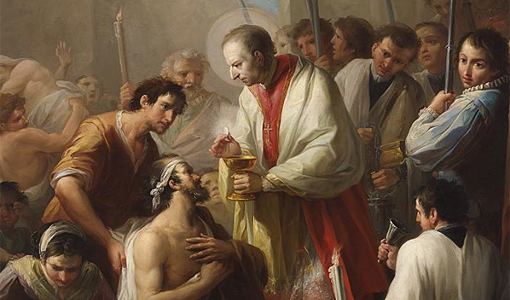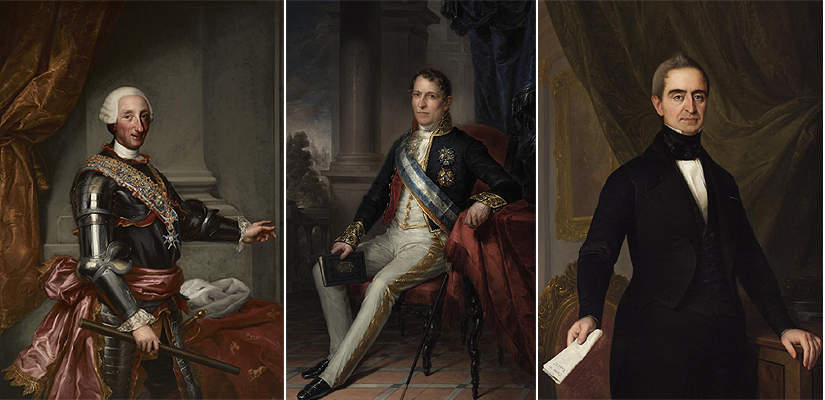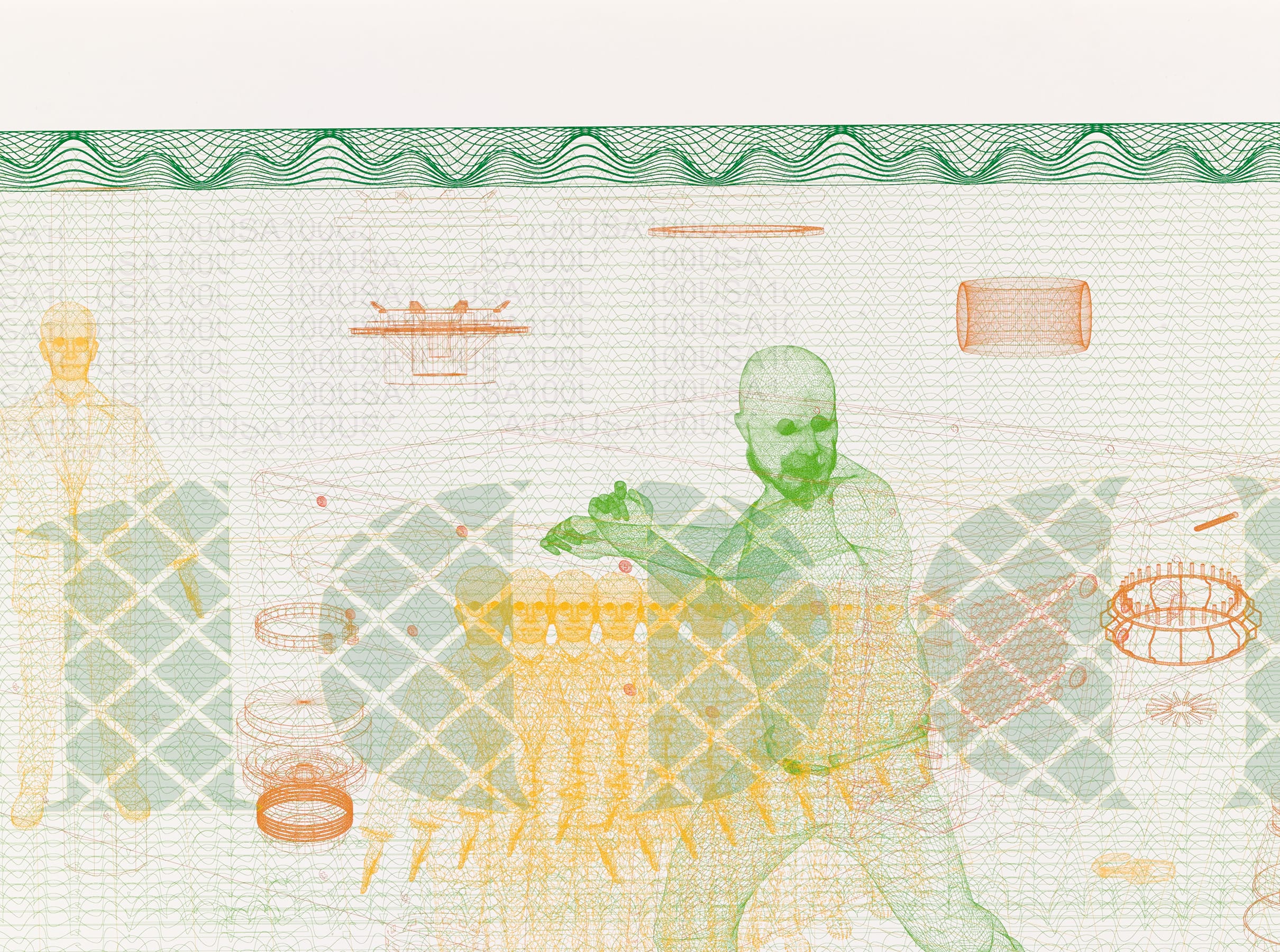
'2328 Reales de Vellón', an exhibition exploring the origins of the Banco de España Collection
During the first half of 2021, the Banco de España's Chaflán Hall will host a new exhibition, 2328 Reales de Vellón, which will explore the first seventy-five years in the history of the collection, from 1872 —when the Banco de San Carlos was first founded— to 1856, when the institution became the Banco de España.
Curated by Manuela Mena , who until 2019 was head of conservation at the Museo del Prado (Prado Museum)'s![]() 'Eighteenth Century Painting and Goya' section, and Yolanda Romero, current curator of the Banco de España Collection, the show includes a range of pictures and other items (documents, books, prints, etc.) acquired by the bank during the period. The quality and diversity of the pieces on show reflects the important role the bank has played in artistic patronage and heritage conservation from its earliest beginnings.
'Eighteenth Century Painting and Goya' section, and Yolanda Romero, current curator of the Banco de España Collection, the show includes a range of pictures and other items (documents, books, prints, etc.) acquired by the bank during the period. The quality and diversity of the pieces on show reflects the important role the bank has played in artistic patronage and heritage conservation from its earliest beginnings.

Workshop of Mariano Salvador Maella: 'Charles III in armour' (1783) | José Gutierréz de la Vega: 'Ramón de Santillán' (1852) | Antonio María Esquivel: 'Juan José García-Carrasco Gómez-Benítez, First Count of Santa Olalla' (1847)
The exhibition features a wide selection of portraits from the period of the bank's managers and governors, members of the royal family and other figures linked to the institution. Some of these were painted by leading artists of the day, including Francisco de Goya, Salvador Maella, Vicente López, Federico de Madrazo, Antonio María Esquivel and José Gutiérrez de la Vega.
There is also a specific section devoted to religious paintings acquired or commissioned for the Chapel of the Banco de San Carlos, including Madonna of the Lily, attributed to Cornelis van Cleve and St Charles Borromeo Giving Communion to the Plague-Stricken, by Salvador de Maella.
A 'real de vellón' was a coin valued at a quarter of a peseta and the show's title, 2328 Reales de Vellón, is a reference to the sum paid to Goya for his portrait of José de Toro-Zambrano. It was the first of six portraits painted by the Aragonese artist for the Banco de San Carlos between 1785 and 1788, with the mediation of Juan Agustín Ceán Bermúdez. To a large extent, these paintings mark the genesis of what is now the Banco de España Collection.
